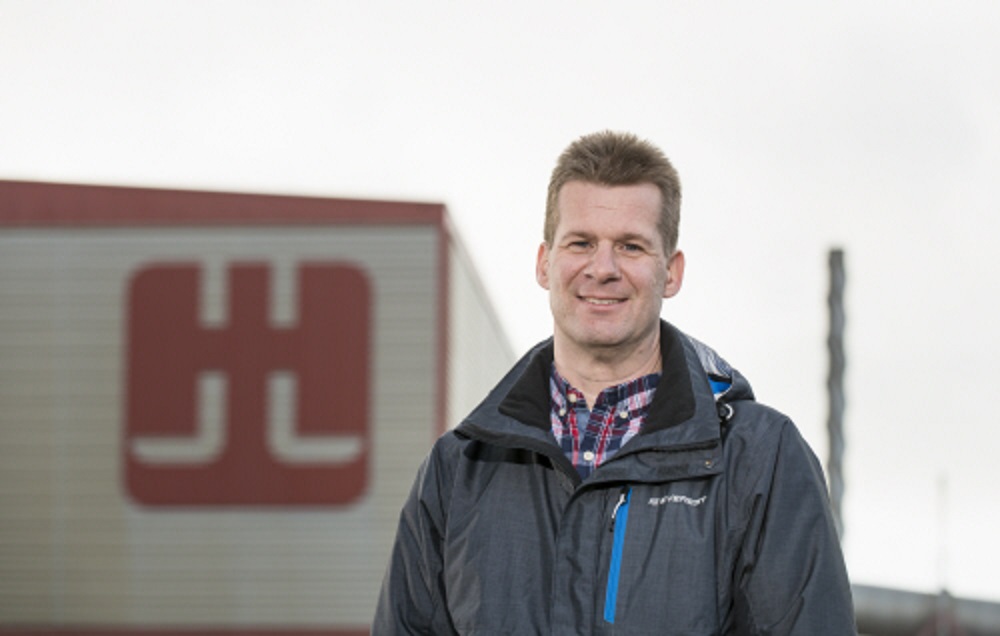
Höganäs AB plans to reuse the residual heat and carbon dioxide from the company’s plants. The heat will be used for greenhouse cultivation, fish farming and as electricity.
Höganäs' production of metal powder products generates residual heat and carbon dioxide. Currently, some of that residual heat is used for district heating in cooperation with local energy supplier Höganäs Energi. But all waste heat can't be re-used and a large amount stays unutilized.
‘It is difficult to use residual heat with a temperature under 70 degrees for district heating,’ said Magnus Pettersson, energy coordinator at Höganäs. ‘But it can be used for other things, lowering our total environmental impact.’
Höganäs AB and Höganäs Energi is cooperating with WA3RM, a company whose business idea is to develop new industries based on industrial residual heat, called regenerative industrial development (RID). WA3RM will buy the heat and carbon oxide from Höganäs that isn't suitable for district heating and use it for greenhouse tomato farming, fish farming and electricity.
The initiative is part of Höganäs' sustainability work and the cooperation will not just decrease the impact on the environment and support local actors, but also generate new jobs in the area, the company says.
‘From our point of view, this is by far a question of being a sustainable business, utilizing residual heat contributing to the surrounding community and the environmentally friendly production of food and energy,’ said Pettersson.
‘It is important for us to contribute to a sustainable energy system and business development in Höganäs,’ added Benny Ulmestig, CEO, Höganäs Energi.
The facilities will be located as close to Höganäs' plants as possible, but with consideration to local planning regulations. During the coming year, detailed plans regarding the greenhouses and fish farming facilities will take form. If the preconditions are right, production will be possible within three years.
This story uses material from Höganäs, with editorial changes made by Materials Today. The views expressed in this article do not necessarily represent those of Elsevier.




